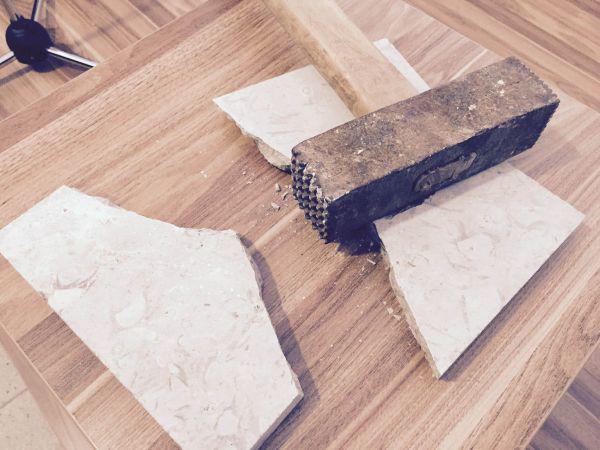
Slovenia’s Karst region, a windswept area in the country’s southwest, attracts thousands of tourists with its natural beauty. However, some of its most unique attractions lie beneath the surface, either figuratively or literally. The recently opened Karst Museum in Postojna gives visitors a chance to discover the Karst and its many mysteries.
Opened in 2015 as part of Postojna’s Regional Museum, the Karst Museum places considerable emphasis on the fascinating geology of the region. Visitors can learn about complex chemical processes and how they enable water to shape and erode the area’s limestone – resulting in unusual features such as caves, sinkholes, natural bridges, and intermittent lakes.
The museum covers far more than just geology, however. One of the exhibits focuses on the surprisingly abundant life beneath the surface. As many as 450 species of animals are thought to live in the caves of the Karst, many of them especially evolved for a lifetime without natural light. Most famous of these creatures as the proteus, a blind warm-like animal known to Slovenians as the “human fish.” Its pinkish skin and tiny arms and legs give it a thoroughly unique appearance. Once, it was thought to be a baby dragon; these days, it’s considered one of Slovenia’s national symbols.
Less well-known but just as important are other cave-dwelling creatures: Cave insects, various centipedes, and crayfish all have their place in the museum. The institution’s proximity to the Postojna Cave is particularly appropriate; after all, Slovenia’s largest cave system was a key site in the development of speleobiology, the study of cave life.
The museum, which opened after years of efforts by enthusiasts and authorities, also examines how humans have shaped – and been shaped by – the Karst landscape. Farming and animal grazing have always been widespread here, despite the proverbially infertile limestone soil. The terrain also gave rise to typical Karst houses, built almost entirely of stone and featuring central courtyards known as borjači, which served as a protection against the wind, as well as stone wells – of vital importance in an area where surface water is limited.
After touring the museum, visitors can drive to the town of Sežana and explore the Living Museum of the Karst – a collection of trails and open-air sites where they can experience the natural phenomena of this unique Slovenian region in person.

































































